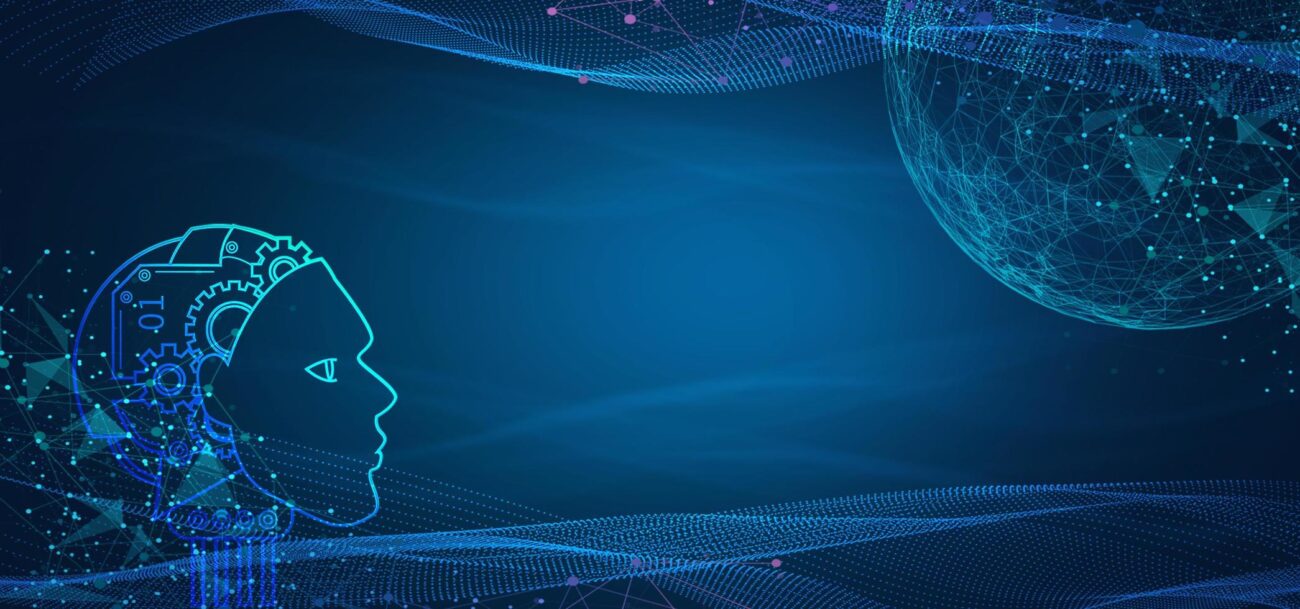Introduction: The Fascination with Machine Vision
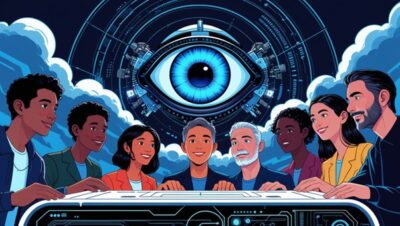
For decades, humans have been fascinated by the idea of machines that can see and interpret the world as we do. This vision became a reality with computer vision, a field of artificial intelligence that enables machines to process, analyze, and understand images and videos.
Today, AI is not just identifying objects in pictures; it's driving cars, diagnosing diseases, and even enhancing our shopping experiences. But how does AI actually perceive the world? Let's dive into the science and technology behind computer vision.
What is Computer Vision? The Science Behind AI Vision
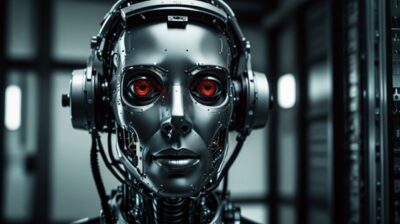
Computer vision is a subset of artificial intelligence that allows machines to interpret and make sense of visual data. It mimics human vision but processes information in a fundamentally different way.
At its core, computer vision enables AI to extract meaningful data from images and videos. Whether it's detecting a face in a crowd or recognizing objects in a self-driving car, computer vision plays a crucial role in modern AI applications.
How AI Perceives Images and Videos: Breaking Down Pixels to Meaning

Unlike humans, who see images as a whole, AI breaks down an image into thousands or even millions of tiny elements called pixels. Each pixel contains numerical values that represent color, brightness, and contrast.
AI processes these pixels using machine learning algorithms to detect patterns and recognize objects. The more data an AI system has, the better it can understand and classify new images.
The Role of Deep Learning in Computer Vision: Neural Networks and Image Recognition
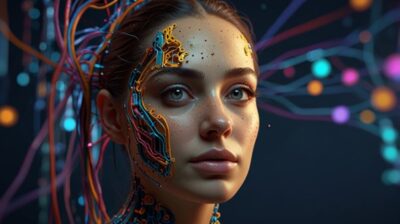
Deep learning has revolutionized computer vision, making it possible for AI to identify objects with human-like accuracy.
Using convolutional neural networks (CNNs), AI models can:
- Detect objects in images
- Recognize faces
- Classify images into categories
- Understand the context of a scene
These networks mimic the way the human brain processes visual information, allowing AI to recognize complex patterns in images and videos.
Computer Vision vs Human Vision: Key Differences in Perception
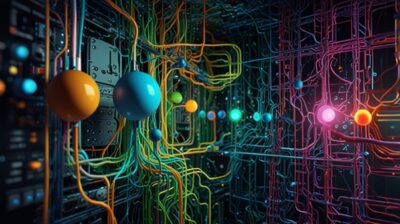
While AI has made remarkable progress, it still perceives the world very differently from humans.
Aspect | Human Vision | Computer Vision |
Context Awareness | Understands objects in context | Needs training to recognize relationships |
Adaptability | Can identify new objects easily | Requires large datasets for learning |
Perception Depth | Natural 3D perception | Uses depth-sensing cameras or multiple images |
Emotion Recognition | Instantly detects emotions | Needs advanced training for accuracy |
AI is incredibly powerful at processing large amounts of visual data, but it still lacks the intuitive understanding of a human observer.
Core Components of Computer Vision: Object Detection, Recognition, and Segmentation
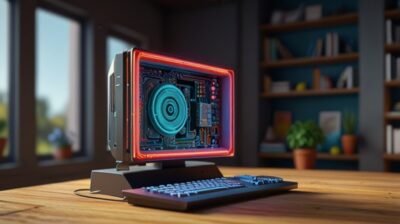
Computer vision consists of three key processes:
- Object Detection: Identifying specific objects in an image.
- Object Recognition: Determining what the object is (e.g., a cat vs. a dog).
- Image Segmentation: Breaking an image into multiple sections for deeper analysis.
These techniques allow AI to interpret the world in a structured way, forming the foundation of applications like facial recognition, medical imaging, and security surveillance.
The Importance of Datasets in AI Vision: Training AI to ‘See’ the World
For AI to recognize images accurately, it needs vast amounts of labeled data. Some of the most widely used datasets in computer vision include:
- ImageNet (used for object classification)
- COCO (Common Objects in Context) (used for object detection)
- MNIST (handwritten digit recognition)
These datasets help AI models learn from real-world examples, improving their ability to analyze and interpret images.
How AI Identifies and Recognizes Objects: The Process Behind Image Recognition
The process of object recognition in AI involves:
- Feature Extraction: Identifying key patterns in an image.
- Classification: Assigning the image to a predefined category.
- Prediction Refinement: Improving accuracy based on previous learnings.
Modern AI models use neural networks to refine this process, achieving near-human accuracy in object recognition.
Self-Driving Cars and AI Vision: The Role of Computer Vision in Autonomous Vehicles
One of the most exciting applications of computer vision is in autonomous vehicles. AI uses LiDAR sensors, cameras, and radar to:
- Detect pedestrians and other vehicles
- Read traffic signs
- Navigate through different environments
This allows self-driving cars to make real-time decisions based on their surroundings.
Challenges in Computer Vision: Ethical, Technical, and Bias Issues
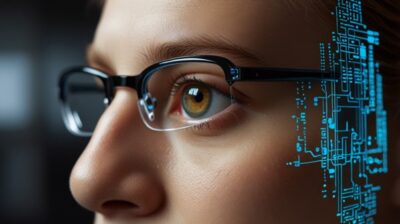
Despite its advancements, computer vision faces several challenges:
- Bias in AI models (leading to misidentifications)
- Security risks (such as deepfake technology)
- High computational requirements (limiting real-time applications)
Developers are continuously working to overcome these challenges to create fair, unbiased, and efficient AI systems.
The Future of Computer Vision: Where AI Vision is Headed
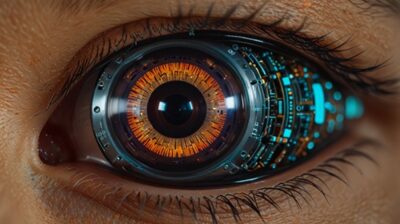
The future of computer vision holds immense possibilities. AI-powered vision systems will continue to evolve, improving applications in:
- Healthcare diagnostics
- Advanced robotics
- Real-time language translation via AR glasses
As AI becomes more advanced, we can expect machines to perceive the world with even greater accuracy and efficiency.
FAQs
How does AI recognize objects?
AI recognizes objects using machine learning algorithms that analyze image features such as shape, texture, and color.
Can AI perceive emotions?
Yes, some AI models can detect emotions by analyzing facial expressions, but accuracy varies depending on the dataset.
Is computer vision better than human vision?
AI can process images faster than humans, but it lacks human-like intuition and context awareness.
What are the risks of AI vision?
Privacy concerns, biases in training data, and deepfake technology are some of the challenges associated with computer vision.
How do self-driving cars use AI vision?
They rely on cameras, LiDAR, and radar sensors to detect obstacles, read signs, and navigate roads.
Conclusion: The Road Ahead for AI Vision
AI's ability to perceive the world through computer vision is transforming industries and redefining how we interact with technology. As AI vision systems become more advanced, they will continue to play a crucial role in making our world smarter, safer, and more efficient.

